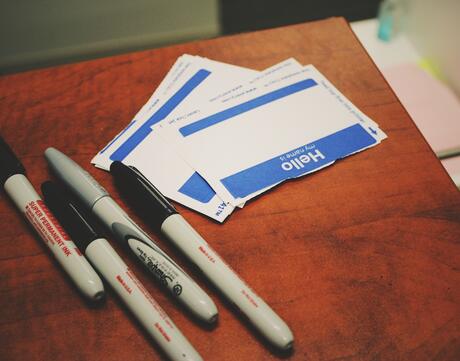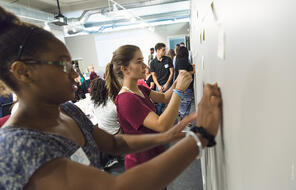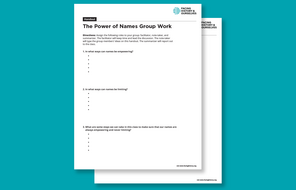
What’s In a Name?
At a Glance
Language
English — USSubject
- Advisory
- Civics & Citizenship
- English & Language Arts
- History
- Social Studies
Grade
6–12- Culture & Identity
- Equity & Inclusion
Overview
About This Activity
According to American author Ralph Ellison, “It is through our names that we first place ourselves in the world. Our names, being the gift of others, must be made our own.” Indeed, when we meet someone new, our name is usually the first piece of information about ourselves that we share. This activity invites students to reflect on the power of names and to consider the steps they can take that will help to ensure that names are always empowering and never limiting in this class.
Preparing to Teach
Lesson Plans
Steps for Implementation
Extension Activities
Materials and Downloads
What’s In a Name?
Unlimited Access to Learning. More Added Every Month.
Facing History & Ourselves is designed for educators who want to help students explore identity, think critically, grow emotionally, act ethically, and participate in civic life. It’s hard work, so we’ve developed some go-to professional learning opportunities to help you along the way.
Exploring ELA Text Selection with Julia Torres
On-Demand

Working for Justice, Equity and Civic Agency in Our Schools: A Conversation with Clint Smith
On-Demand

Centering Student Voices to Build Community and Agency
On-Demand
















